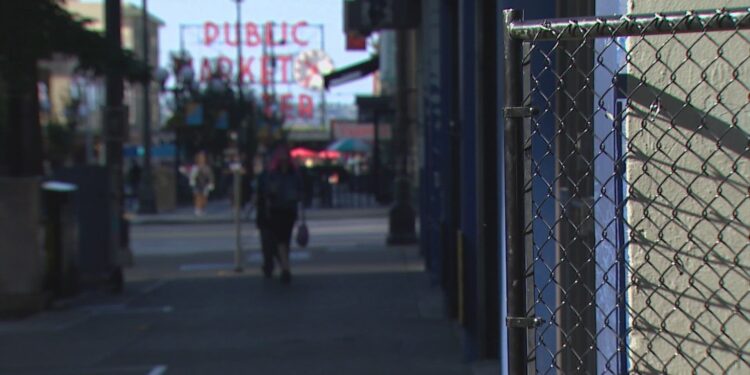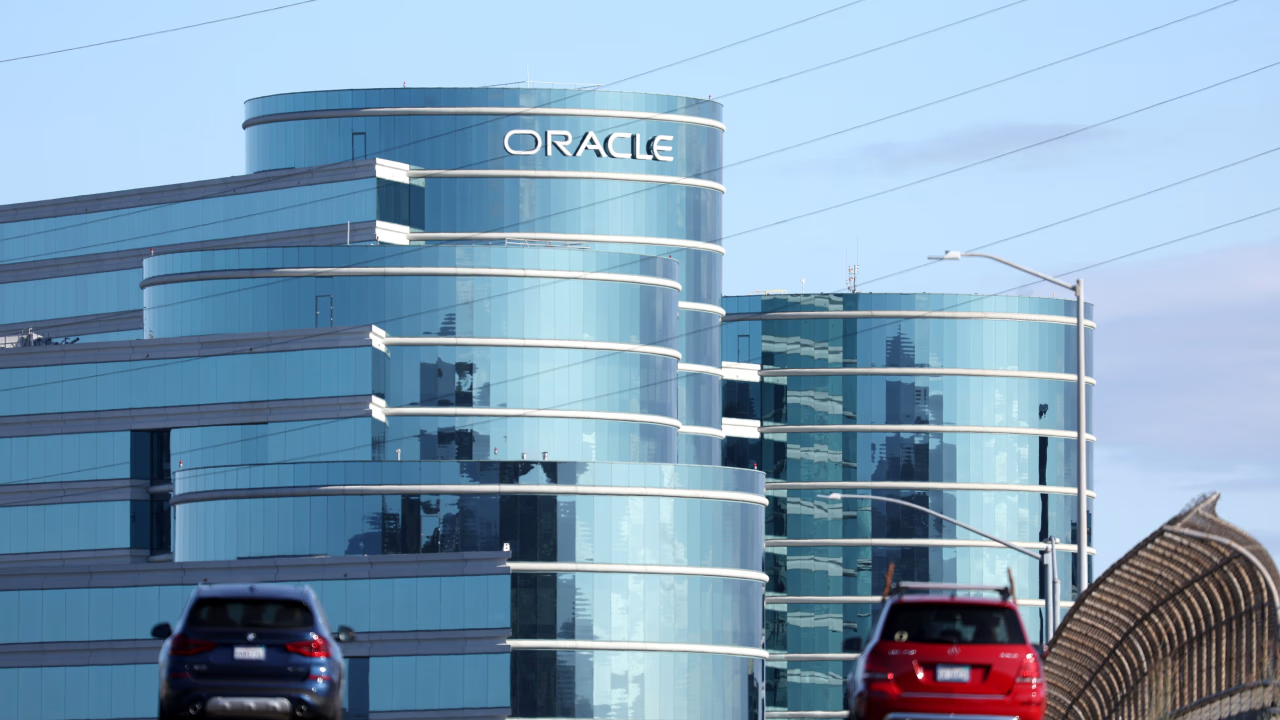Seattle has installed chain-link fences blocking several downtown alleys in response to complaints about criminal activity, including open-air drug use and unauthorized fires, with residents reporting noticeable improvements during daylight hours.
The fencing installation was requested by the Seattle Police Department and Seattle Department of Transportation under city code provisions allowing officials to restrict alley access due to criminal activity, unsafe structures, or health hazards.
Posted signs warn that trespassing carries penalties up to $1,000 fines or 90 days in jail, though residents, workers, utilities, and first responders retain access to fenced areas.
Julia Beabout, an eight-year resident of the area, described the fences as “surprisingly effective” in reducing daytime illegal activity. “We went from having dozens of folks in our alleys to now there’s maybe one or two occasionally,” Beabout said.
She characterized the approach as “affordable, easy, and humane” while acknowledging ongoing challenges. “We’re working constantly with the agencies and the city addressing these things and it’s just a never-ending saga that we want to see get better,” Beabout explained.
Local restaurant owners also reported improved daytime safety conditions, with reduced incidents of drug use and vehicles speeding through alleys that previously posed risks to employees and customers.
However, the fencing’s effectiveness appears limited to daylight hours. Beabout noted that problems return consistently after dark. “It’s nightly. It’s predictable at this point,” she said, indicating that nighttime enforcement remains challenging.
The crime reduction measures reflect broader downtown Seattle challenges that have affected longtime residents’ experiences in the area. Vince DeBlasio, a lifelong Seattleite, described changes to his walking habits near Pike Place Market.
“I still walk through, but it’s not the same anymore,” DeBlasio said, noting that an area he previously enjoyed strolling now requires him to walk more quickly for safety reasons.
The alley fencing represents one element of Seattle’s multi-pronged approach to addressing downtown public safety concerns while attempting to balance accessibility for legitimate users with crime prevention goals.
City officials have not disclosed the total number of alleys affected by the fencing program or provided cost estimates for the installation and maintenance of the barriers.
The initiative demonstrates how Seattle is adapting physical infrastructure to address street-level crime patterns, though the mixed results suggest additional measures may be needed for comprehensive solutions.
The ongoing challenges, particularly during evening hours, indicate that physical barriers alone may be insufficient to address underlying issues contributing to downtown crime and public safety concerns.







